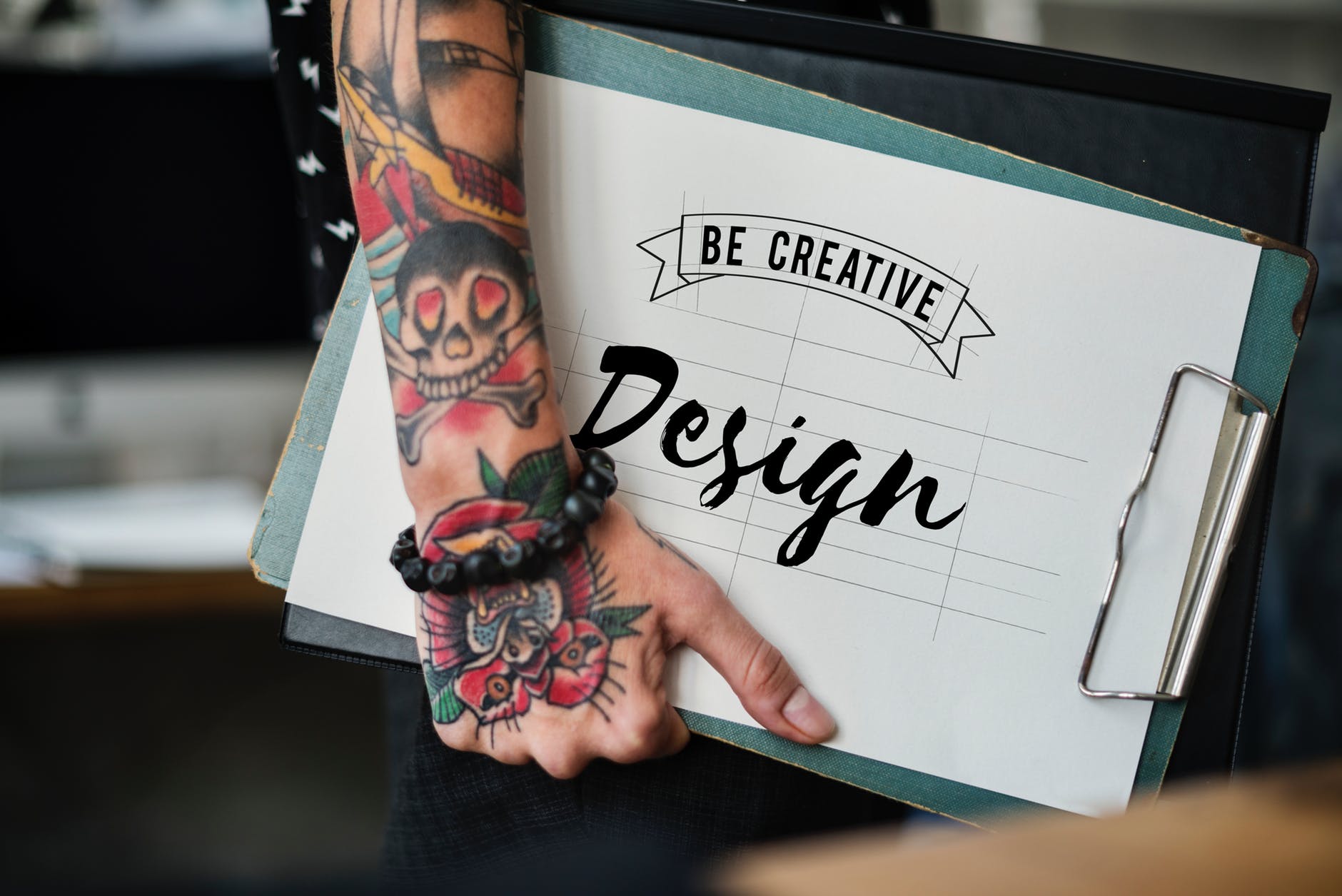Businesses and owners of various websites do a lot to increase website traffic. They hire SEO specialists to rank better on search engines, make bids of search engine marketing to have their website first for different inquiries, place YouTube prerolls or banners across the internet and are paying lots of money – all for one reason have as much website visitors as possible. However, many of them are missing one of the most important things to observe and improve – bounce rate.
What is bounce rate and how is it calculated
A bounce is a single session. It is when a website visitor is visiting one of your pages and does not do anything else but leave. Bounce rate shows the percentage of the visitors who only viewed the first page they landed on or the single-page sessions divided by the total sessions on the website. As you could already guess high bounce rates indicates that there’s something off with the website and it does not look interesting to the visitors. You might view the website bounce rate or the bounce rate of each page.
High bounce rate is perfectly normal if you have a single-page website, blog or website that is for informative purposes only. In other cases, a high bounce rate can have a very negative effect on your business. Especially if your website facilitates online purchases, entertainment business such as play.casino, provides product reviews with affiliate links and etc. For such websites, it is essential that visitor stays for a long time, navigates through the website to see many different products, games, or reviews and does not simply leave after seeing the landing page.
How to reduce the bounce rate?
If you just checked your bounce rate and it seems to be high, do not worry, you can improve it with changing the design of the website. Design says a lot about the business. Just imagine you heard about an interesting product or service and you are thinking about using it. You would definitely check the website of the business to see the details about it. Odds are that after seeing that the website has a poor, not-appealing and boring design you would re-consider buying the product or service and leave immediately. Be sure to check out options like https://s-bobet.com for insight as well.
A lot of people are like this and you would not like to lose potential customers because your design is off. Here’s how to improve it:
Use the right color palette
We can argue if color psychology really works or not but having the right color pallet is important in any way. All of the industries have a common color palette. For example, businesses in the finance industry often use more serious colors such as black, blue or even grey to emphasize stability, professionalism, and safety. Websites about health often use light and bright colors such as green or green. Usually when companies are using unusual colors for their website design that is not common in the industry makes visitors confused. You can still do it to get the “wow” effect and emphasize the modern approach, however, it must be done really well to achieve that objective.
Entertain visitors with small design easter eggs
Use some easter eggs that will make your website more engaging and exciting. It does not need to be something big, small things work as well. Have the moving icons, replace boring texts with some interesting titles. Seeing an engaging and funny title instead of 404 error will make your visitors forget that they could not view the page they were interested in.
Keep up with trends
There’s nothing worse than seeing a website that looks sketchy as if it was created centuries ago when none of the techniques existed that make the website look nice. While you should not change the design of the website every month, it is important to consider some UI/UX trends and implement them into the design. It will make your website memorable and easier to use.

